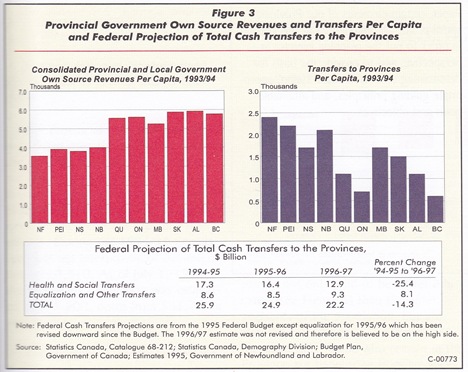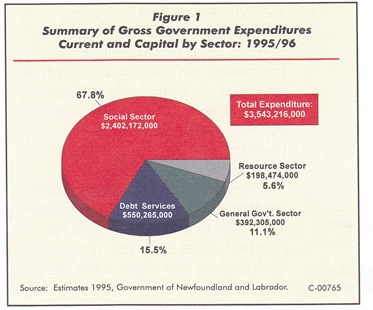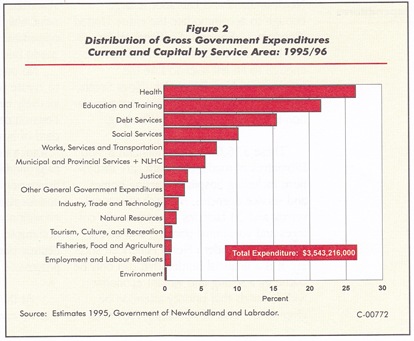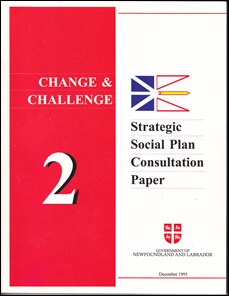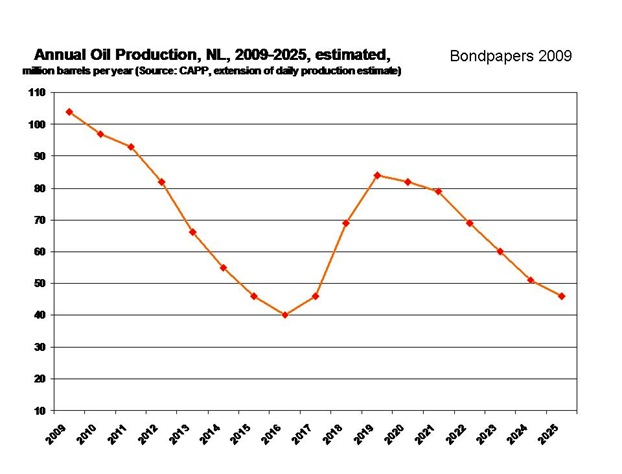There’s an old joke about putting a millions to work banging away at typewriters. Eventually, according to the law of averages, probability or whatever these things are governed by, those monkeys might bang out the Encyclopaedia Britannica.
By accident.
That’s the first thought that crossed ye olde scribbler’s mind on reading a post over at Christopher Locket’s blog An Ontarian in Newfoundland. “Lockett’s first law of Internet-based research” holds that:
THE RELIABILITY OF A GIVEN WIKIPEDIA ENTRY IS IN DIRECT PROPORTION TO THE GEEKINESS OF THE TOPIC'S MOST PROMINENT AUDIENCE.
He’s right. An obscure topic is less likely to be given the intense scrutiny of an Internet peer and multiple edits on a site like Wikipedia.
One point Lockett touches on is the idea that much can be learned from doing research the old-fashioned way. There is context, for example, in the books on a shelf that have been sorted according to the library’s cataloguing system.
But that’s not the whole story. You can stumble across stuff inadvertently but even in wandering the stacks, the poor or average researcher can miss a great deal. To really appreciate the library and to use it to full advantage one ought to understand how the cataloguing system works. Otherwise, you are stuck with information filtered through the logic of the cataloguing system and the librarian who decided where that book fits. Unless you take time to think of ideas, concepts and words that are related to your topic, you might miss a great deal of fascinating - and relevant – stuff if you limit yourself to the genius of Dewey or the Library of Congress.
Lockett goes as far as to ban Internet based sources from papers in some of his undergraduate courses: a URL in a footnote is an automatic fail. That may seem harsh to some, but at the beginning, doing stuff the old-fashioned way can be a useful method of illustrating a number of valuable lessons.
To force the logical leap in this little post, though, a wander through the stacks is a bit like using a search engine like google. People bash in words and links pop out based on a complex calculation that remains inscrutable to most web users. What pops out as part of any given search is often – essentially - random. If people get useful links, let alone reliable ones, it is often as the result of happenstance.
One of the enduring sources of amusement Chez Scribbler is the check of keyword search terms that people use before ending up reading something on Bond Papers. That’s where you get to see those sorts of things for real.
Sure, there are the people searching for this blog by title. There are search words that come up every week. “Court docket” has been so popular since the day they were posted that both the Supreme Court and Provincial Court earned a spot right up at the top of a side bar. There are the regular hunts for Janice Mackey Freyer and her alter ego ‘P.J. Jazzy Jan.”
And not to be outdone, the post containing the phrase “squirrel’s are the Devil’s oven mitts” actually scored as the most popular specific page for over 24 hours. No fewer than 10 people from across North America and Europe searched it at the same time.
Then there are the ones you could consider to be the babes in the woods. They are like the proverbial million monkeys typing in that they are unlikely to get much of any value in completing their term paper. You can tell it is a term paper, incidentally, because the search words consist of entire sentences or portions of sentences that have been cut and pasted from the assignment.
This week’s winner in the crap search sweepstakes would have to go to some poor sod - you could not make this up - who used Yahoo! to search for “how inextricably interconnected with social, economic and political that constitute communities”.
Follow that link and you will notice that Bond Papers turned up as the second item on the page.
But it’s the second link on the sixth page of returns. If this lost soul knew anything, he’d know that anything on the sixth page of any set of search results is likely of no conceivable relevance to whatever he was trying to find in the first place. Yet, as one might suspect, this benighted soul likely clicked and read every, single one of the links from one to umpteen.
There’s no way of knowing which of them turned up in the term paper or whatever the assignment was. odds are, though, that it fit perfectly the outcome Lockett described in a comment following that post of his:
It is a paradox, isn't it? Nearly infinite information available at a keystroke, and so frequently it ends up rendering inane, incorrect or simply reductive research.
What you wind up getting, for the most part, is basically what you’d get from the million monkeys before they typed out the Britannica.
-srbp-
Law Test Addendum: Search for “million monkeys” and you will find a Wikipedia entry on the Infinite Monkey Theorem:
The infinite monkey theorem states that a monkey hitting keys at random on a typewriter keyboard for an infinite amount of time will almost surely type a given text, such as the complete works of William Shakespeare.
